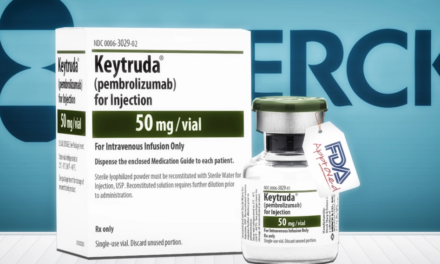By O’S News Service, April 3, 2014 Pharmaceutical downers are “associated with premature mortality” (meaning they can kill you dead). A gold-standard study which came to that ominous conclusion was published by the British Medical Journal February 18, but has been virtually ignored by the mass media.
Investigators led by Scott Weich, MD, a professor of psychiatry at the University of Warwick, concluded that people using pharmaceuticals marketed as sleeping pills (Ambien, Sonata, Lunesta) and anti-anxiety meds (Valium and Xanax) greatly increase their risk of dying within seven years.
Weich’s team looked at primary-care prescription records from 273 practices in the UK —34,727 patients who’d been prescribed downers and 69,418 controls. They adjusted for “confounding” factors such as age, cigarette smoking, use of other drugs (including alcohol), and socioeconomic status. The records revealed an astonishing four “excess deaths” per hundred users of pharmaceutical downers! The harm was found to be dose-dependent, meaning the less you take, the better off you are.
So… Get off them if you can. Use only for long airplane rides.
This is from the abstract in the BMJ:
Participants 34 727 patients aged 16 years and older first prescribed anxiolytic or hypnotic drugs, or both, between 1998 and 2001, and 69 418 patients with no prescriptions for such drugs (controls) matched by age, sex, and practice. Patients were followed-up for a mean of 7.6 years (range 0.1-13.4 years).
Main outcome All cause mortality ascertained from practice records.
Results Physical and psychiatric comorbidities and prescribing of non-study drugs were significantly more prevalent among those prescribed study drugs than among controls. The age adjusted hazard ratio for mortality during the whole follow-up period for use of any study drug in the first year after recruitment was 3.46 (95% confidence interval 3.34 to 3.59) and 3.32 (3.19 to 3.45) after adjusting for other potential confounders. Dose-response associations were found for all three classes of study drugs (benzodiazepines, Z drugs (zaleplon, zolpidem, and zopiclone), and other drugs). After excluding deaths in the first year, there were approximately four excess deaths linked to drug use per 100 people followed for an average of 7.6 years after their first prescription.
Conclusions In this large cohort of patients attending UK primary care, anxiolytic and hypnotic drugs were associated with significantly increased risk of mortality over a seven year period, after adjusting for a range of potential confounders. As with all observational findings, however, these results are prone to bias arising from unmeasured and residual confounding.
O’Shaughnessy’s Summer 2011 published a redwood-standard study on Cannabis and Insomnia by Drs. Rolando Tringale and Claudia Jensen. Tringale analyzed 166 patients’ records from Jensen’s office and concluded: “Patients commonly report that use of cannabis reduces the time it takes them to fall asleep —whether or not insomnia was the complaint with which they presented.”
Tringale notes, “the adverse effects of Benzodiazepenes such as Xanax include physical dependence and withdrawal, and irritability. Newer hypnotics such as Ambien and Lunesta can cause complex sleep-related behaviors.” To which we can now add “excess death.”
As I’m writing this, the TV news is mentioning that an Iraq vet named Lopez, who went on a deadly rampage at Fort Hood yesterday, had been denied a PTSD diagnosis but was being treated for “depression and anxiety.” I bet he had not been denied Prozac and Ambien… The Pentagon put out a statement distinguishing Lopez’s assignment —driving a truck in a war zone— from combat itself, and denying that he had been wounded! But obviously he had been wounded.
And about that Luna moth featured in the Lunesta ad… They are almost extinct because… when their numbers were diminished by a pest, The Experts imported a wasp to attack the pest, but it turned out that the wasp attacked the Luna moth.





